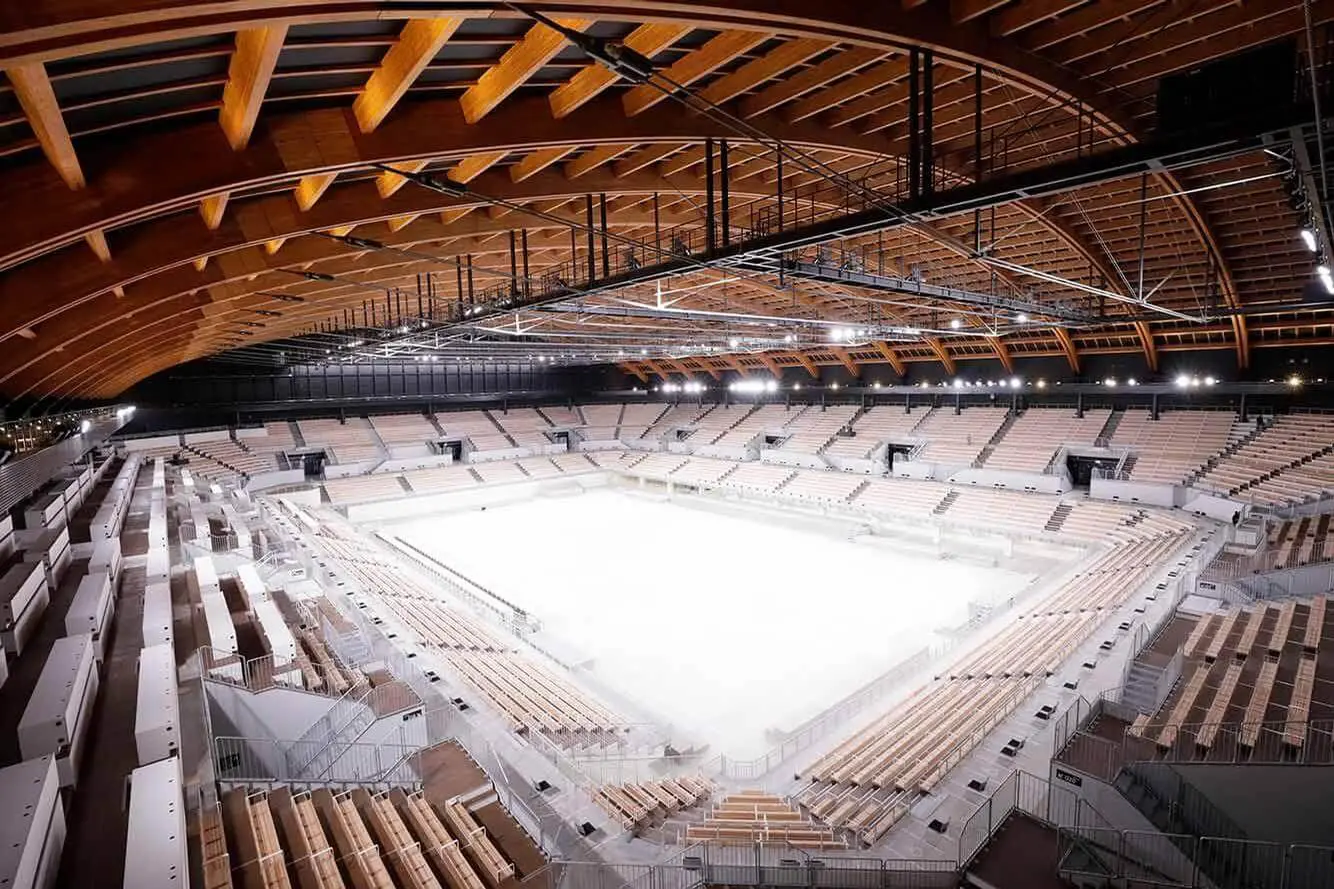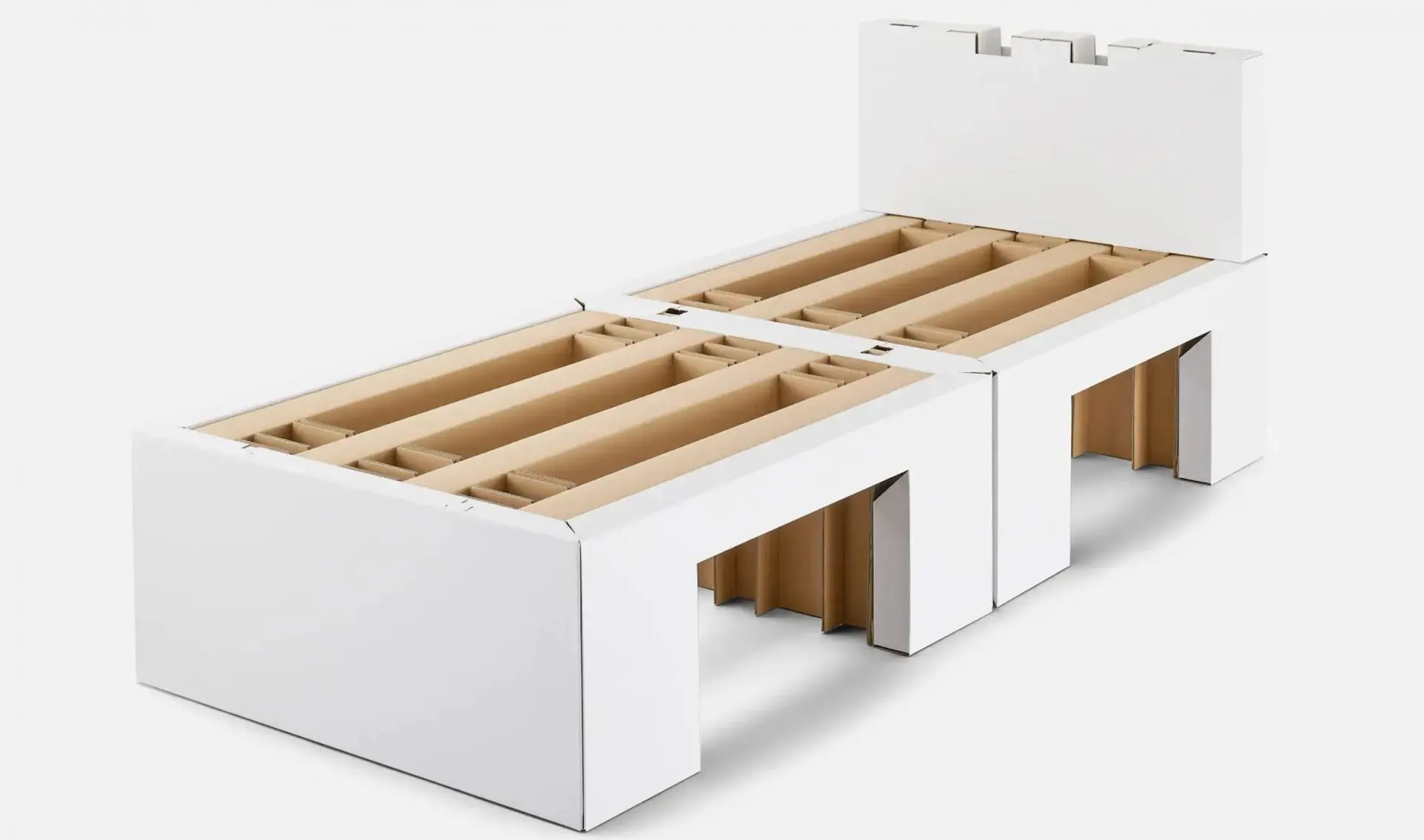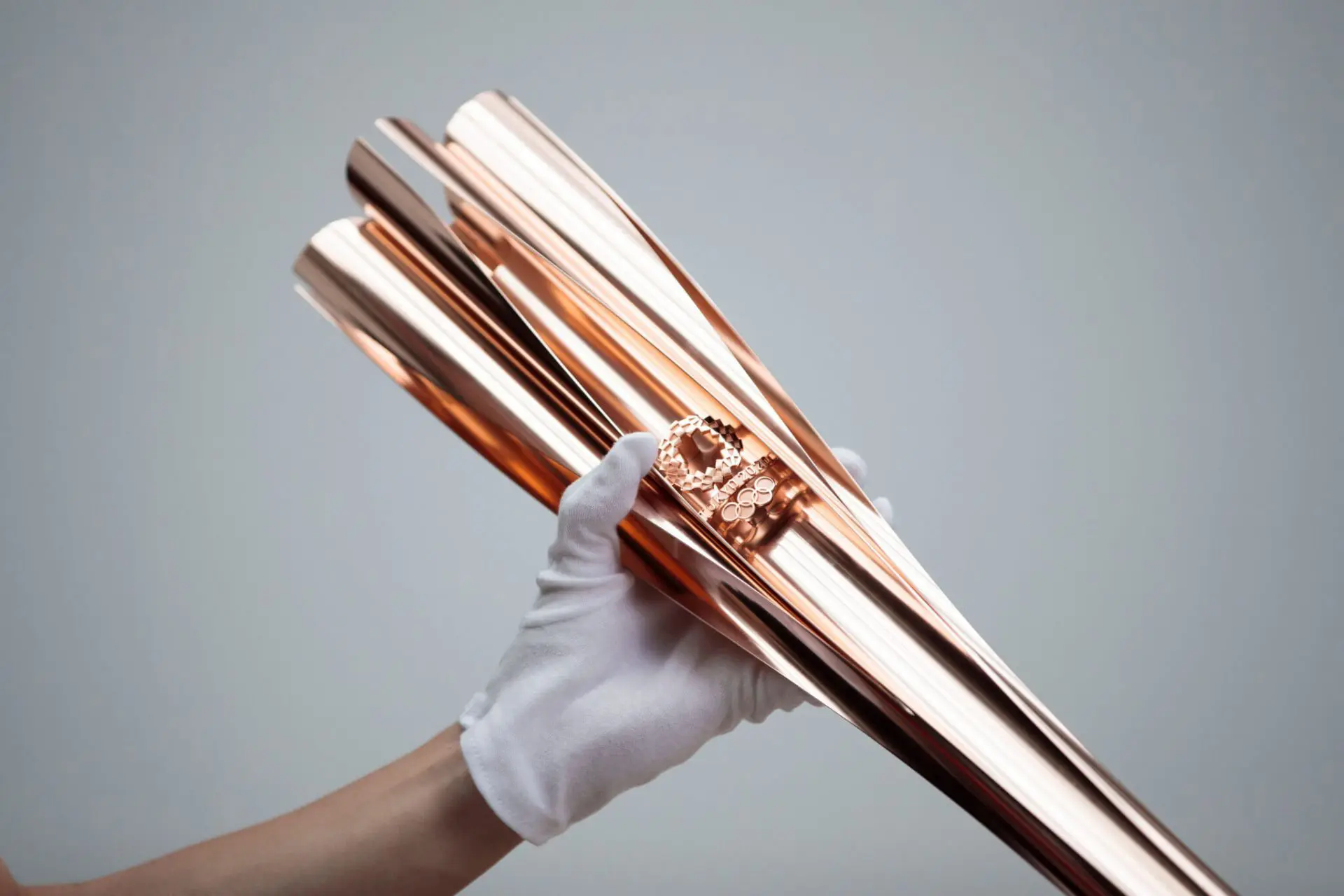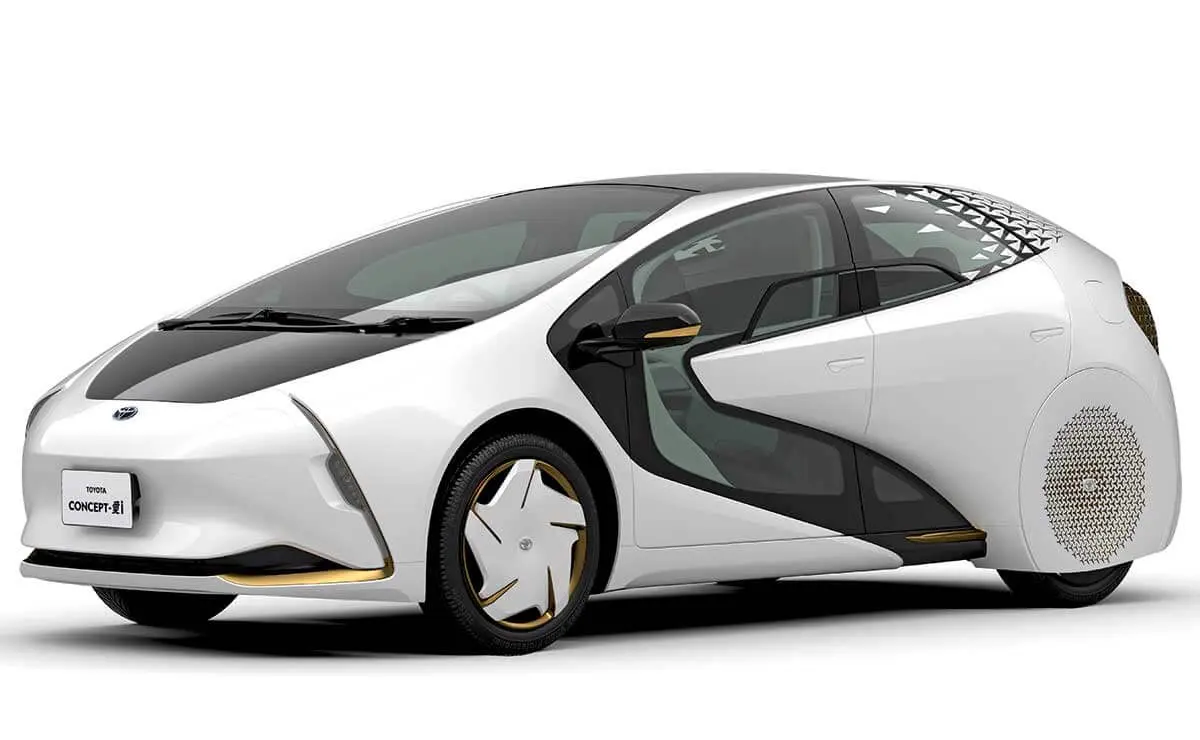Sustainability at the Olympics? Here are Tokyo 2020’s winning design projects

The Tokyo 2020 Olympic Games might not win gold for sustainability on the whole but these projects still deserve a medal.
With over 3 billion people from all over the world tuning in, the Olympic Games is a unique opportunity for the hosting country to flex its muscles. With this in mind, in the run up to the Tokyo 2020 Olympics, Japan has been on a mission to show off its technological prowess and stun the millions of people watching with its vision of a sustainable future.
Its initiative is aimed at delivering the most sustainable games the world has ever seen and involves Tokyo showcasing solutions to various global challenges including climate change, food poverty, housing, air pollution and the quality of water.
Since Tokyo won its bid to host the Summer Games, it has announced many of the ways it plans to tackle these issues. For example, electricity used at the Games will come from renewable sources such as solar, biomass and hydro; the Olympic village plaza will be built with timber donated by local authorities and recycled afterwards; and the residential buildings where Olympians will sleep will be converted into residential areas for the local population once the event is over.
It’s a set of goals that are not without their challenges. As well as the obvious postponement due to the global pandemic, the country has faced several other setbacks and doubts over the ability of the games to be truly sustainable, including criticisms over the use of timber and its contribution to deforestation.

In 2018, the organising committee confirmed that 87% of the plywood panels used to build its new national stadium came from southeast Asian rainforests. Designed by Kengo Kuma, the stadium also uses solar panels attached to the roof, that as well as powering the stadium, will power the watering of the plants and the greenery surrounding the stadium.
If you want a case study that demonstrates how foolproof a brand has to be in its bid for sustainability, this is it. Ironically, Tokyo’s biggest contribution to safeguarding the planet might be unplanned. With fewer people, the pandemic will showcase that it’s possible to run such an event with fewer bells and whistles too.
Nevertheless, Tokyo has unveiled several projects whose green credentials are impressive if not bulletproof and on their own deserve a spotlight. Here, we have rounded up some of our favourites.
Want to learn more about sustainable design? Check out the interview with Ian Yang founder of the first company in the world producing affordable and sustainable luxury lighting.
Airweave’s Cardboard Beds for athletes
You would assume that the sleeping arrangements of the world’s elite athletes were non-negotiable but apparently not. This year athletes at the Tokyo 2020 Olympics will sleep on beds made from high-resistance cardboard and customisable and modular mattresses made from polyethylene fibres that can be recycled an unlimited number of times.
The mattresses comprise three different sections supporting the upper, middle and lower body, and the hardness of each section can be customised to suit each athlete’s body shape. After the games, the cardboard will be recycled into paper products and the mattresses will be recycled into plastic products.

Recycled Medals made from old Nokia mobile phones
Another essential element of the Olympic Games are medals, which have been made from old electronic waste including 6.21 million used mobile phones. Using the precious metal extracted from mobile phones and other small electronic devices donated by the public, Japanese designer Junichi Kawanishi crafted each medal to resemble polished stones.
The medals are fronted with Nike – the Greek goddess of victory – standing in front of the Panathinaikos Stadium. The reverse side features a chiselled, choppy design around the medal’s circumference, which is engraved with the chequered Tokyo 2020 “ichimatsu moyo” emblem and the Olympic five rings symbol.
The Olympic torch crafted from aluminum waste
From the medals to the Olympic Torch, breathing new life into waste materials is a recurring theme at the Tokyo 2020 Olympic Games. This year’s ceremonial relay will feature a torch crafted from aluminium waste taken from temporary housing that was built in the aftermath of the Great East Japan earthquake and tsunami in 2011.
Designed by award-winning Japanese designer Tokujin Yoshioka the torch is crafted from extruded aluminium folded into five sections to form the motif of a Sakura cherry blossom – the traditional flower of Japan. Each different section resembles a separate petal on the flower.

Toyota deploys driverless shuttles of the future
Athletes will need a way to get from place to place. After all, the games are set to be staged across 42 venues in and around the Japanese capital. To minimise the environmental impact of this, Japanese car company Toyota is deploying a futuristic line-up of electrified vehicles including a fleet of autonomous vehicles to serve athletes in the Tokyo 2020 Olympic and Paralympic Games.
As well as being a greener mode of transport than diesel-guzzling vehicles, the Toyota e-palette is designed as an accessible vehicle to serve Olympians and Paralympians alike. The fleet of electric e-Palettes has large doors and electric ramps so passengers can board easily and quickly.

Plastic podiums to be used during medal presentations
Finally, another icon of the Olympics—the podium on which Olympians are awarded gold, silver or bronze. Crafted from recycled plastic, each podium is constructed of a number of small cube-shaped modules connected to form the traditional three pedestals.
They were designed by Japanese artist Asao Tokolo and made from 24.5 tonnes of discarded household plastics equivalent to 400,000 bottles of laundry detergent. Recycled and turned into filaments, this was used to 3D print all 98 podiums that will be used during the Games.
Find out more about the sustainable solutions designers are tackling the plastic waste problem? Don’t miss 3D-printed beach furniture that gives a new life to marine plastic waste by The New Raw







